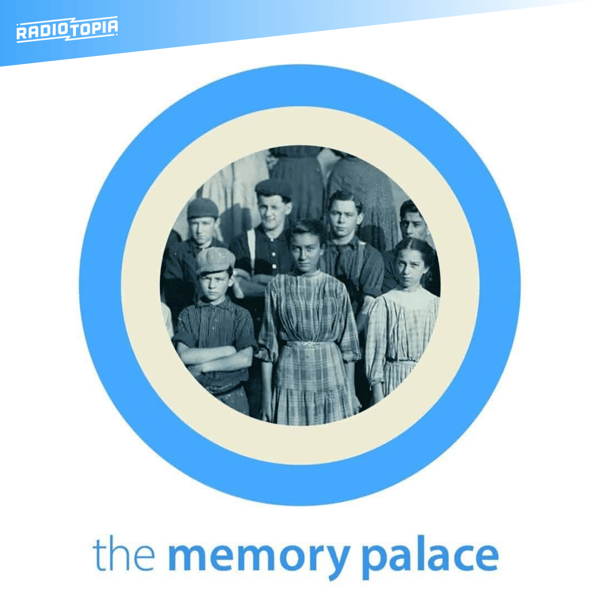Episode 166: The Silent Room
the memory palace
Nate DiMeo
4.8 • 7.2K Ratings
🗓️ 4 July 2020
⏱️ 17 minutes
🧾️ Download transcript
Summary
The Memory Palace is a proud member of Radiotopia, a collective of independently owned and operated podcasts.
A note on shownotes. In a perfect world, you go into each episode of the Memory Palace knowing nothing about what's coming. It's pretentious, sure, but that's the intention. So, if you don't want any spoilers or anything, you can click play without reading ahead.
Music
Peri Banu vid Sjon (VERSION) by Dungen
In a Landscape by John Cage
Quartet for Four Percussionists IV: Fast by John Cage
Dream by John Cage
Completely Gone by Ludwig Gorannson
The Introduction and Chi C’e Per Farmi i Rici from The Girl of the Golden West
L’approche Du Nuage by Sylvain Chaveu
Notes
The story of John Cage in the anechoic chamber was first told to me maybe twenty years ago by my friend Dave Panosky one night while walking around Providence. It was precisely the type of story that I wanted to one day make a show to tell. You can find it in a lot of places including in Cage’s own writing.
I first came across the second silent room in Alex Ross’ wonderful, The Rest is Noise.
I also tapped into Puccini and the Girl: History and Reception of Girl of the Golden West by Annie Randall and Rosalind Gray Davis.
Transcript
Click on a timestamp to play from that location
| 0:00.0 | This is the memory palace. |
| 0:03.8 | I'm Nate DeMoeu. |
| 0:06.4 | They had built a silent room. |
| 0:09.6 | An engineer at Harvard, Dr. Leo Baroneck and his graduate student, Harvey Sleeper, were |
| 0:14.2 | working with the United States government during World War II to improve communications during |
| 0:18.3 | combat. |
| 0:19.9 | Specifically, how to make radios and headphones that would transmit clearly within cockpits |
| 0:24.1 | in the middle of dogfights or in the bellies of tanks under fire, and to figure out a way |
| 0:28.4 | to build a loudspeaker that could broadcast commands from ships just offshore to soldiers |
| 0:33.3 | and Marines storming a beach during the chaos of a mass amphibious assault at the foot |
| 0:37.6 | of a fortified cliff. |
| 0:39.4 | This was 1943. |
| 0:41.4 | In this last part proved to be an extraordinary challenge. |
| 0:44.3 | In order to test various abilities of various speakers, the engineers needed to first establish |
| 0:48.9 | a control, a baseline from which they could extrapolate, and begin to mathematically model |
| 0:53.9 | how the projected sound waves would travel in different environments and under various |
| 0:57.6 | conditions. |
| 0:58.6 | They would need to create a testing chamber that didn't echo. |
| 1:02.6 | And so they spent $350,000 of Uncle Sam's money building a concrete cube, 50 feet on each |
| 1:08.2 | side, and then filled it with seven train carloads of fiberglass, formed into thousands of |
| 1:13.3 | interlocking three-dimensional wedges that would absorb and dampen all vibration, such that |
| 1:18.7 | any echo would sound at frequencies and volumes undetectable by humans. |
... |
Please login to see the full transcript.
Disclaimer: The podcast and artwork embedded on this page are from Nate DiMeo, and are the property of its owner and not affiliated with or endorsed by Tapesearch.
Generated transcripts are the property of Nate DiMeo and are distributed freely under the Fair Use doctrine. Transcripts generated by Tapesearch are not guaranteed to be accurate.
Copyright © Tapesearch 2025.

